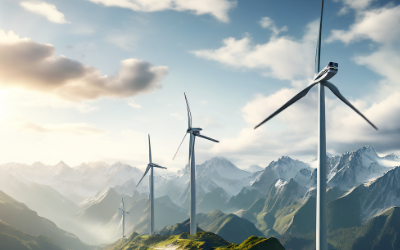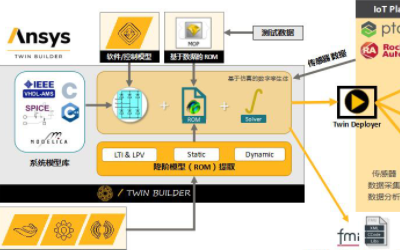Power transmission growth signals robust industrial recovery
Cross-regional and cross-provincial power transmission hit a record high this summer as the country's economy further recovers, said State Grid Corp of China-the largest power utility company in China-which offers services to over 1.1 billion people across 26 regions.
The maximum capacity of cross-regional electricity transfer reached 92.08 million kilowatts during the summer season, up 14.11 million kW from the highest level in 2019, while the maximum capacity of cross-provincial electricity transfer jumped 6.84 million kW from the highest level in 2019 to 80.5 million kW, said the company.
Cross-regional and cross-provincial power transmission has been a major tool to solve the geographical discrepancy between energy resources and load centers. Energy resources in China are located far from load centers, with the majority of hydropower resources located in the west, most coal in the northwest and huge load centers in the east and south. The State Grid has set up a massive power network to ensure sufficient power supply across the nation.
China has witnessed consecutive growth in power consumption as business activities recovered amid effective COVID-19 prevention and control. Analysts said the growth indicated China's accelerated business resumption.
State Grid has relied on ultrahigh voltage lines, among other power lines, to transmit electricity over long distances, and it has achieved a utilization rate of 56 percent on its direct-current UHV grids last year, compared to 44 percent in 2018, the highest record since UHV became mainstream in China, said Wei Hanyang, a power market analyst at Bloomberg New Energy.
According to the National Energy Administration, China's electricity consumption-a key barometer of economic activity-rose 2.3 percent year-on-year in July, while total power use hit 682.4 billion kilowatt-hours, thanks to the accelerated pace of social and economic recovery.
The agricultural sector consumed 8.5 billion kWh, up 11.6 percent year-on-year, while power consumption of secondary industries fell 0.7 percent year-on-year, and that of tertiary industries rose 5.3 percent.
China's power consumption grew 2.3 percent in July from the same month last year, the third positive month since COVID-19 broke out. Although there was a 0.7 percent decline in the secondary sector's power demand, it was mainly due to occasional flooding disruptions and a high base last year, said Wei.
"It has not altered the overall path of demand recovery, as we can see industrial output remains stable and consumer confidence is rising," Wei said.
BloombergNEF estimates the cumulative power consumption of China remained positive in August, offsetting the COVID-19 adverse effect seen in the first six months of this year.
Cross-regional and cross-provincial power transmission has been a major tool to solve the geographical discrepancy between energy resources and load centers. Energy resources in China are located far from load centers, with the majority of hydropower resources located in the west, most coal in the northwest and huge load centers in the east and south. The State Grid has set up a massive power network to ensure sufficient power supply across the nation.
China has witnessed consecutive growth in power consumption as business activities recovered amid effective COVID-19 prevention and control. Analysts said the growth indicated China's accelerated business resumption.
State Grid has relied on ultrahigh voltage lines, among other power lines, to transmit electricity over long distances, and it has achieved a utilization rate of 56 percent on its direct-current UHV grids last year, compared to 44 percent in 2018, the highest record since UHV became mainstream in China, said Wei Hanyang, a power market analyst at Bloomberg New Energy.
According to the National Energy Administration, China's electricity consumption-a key barometer of economic activity-rose 2.3 percent year-on-year in July, while total power use hit 682.4 billion kilowatt-hours, thanks to the accelerated pace of social and economic recovery.
The agricultural sector consumed 8.5 billion kWh, up 11.6 percent year-on-year, while power consumption of secondary industries fell 0.7 percent year-on-year, and that of tertiary industries rose 5.3 percent.
China's power consumption grew 2.3 percent in July from the same month last year, the third positive month since COVID-19 broke out. Although there was a 0.7 percent decline in the secondary sector's power demand, it was mainly due to occasional flooding disruptions and a high base last year, said Wei.
"It has not altered the overall path of demand recovery, as we can see industrial output remains stable and consumer confidence is rising," Wei said.
BloombergNEF estimates the cumulative power consumption of China remained positive in August, offsetting the COVID-19 adverse effect seen in the first six months of this year.








